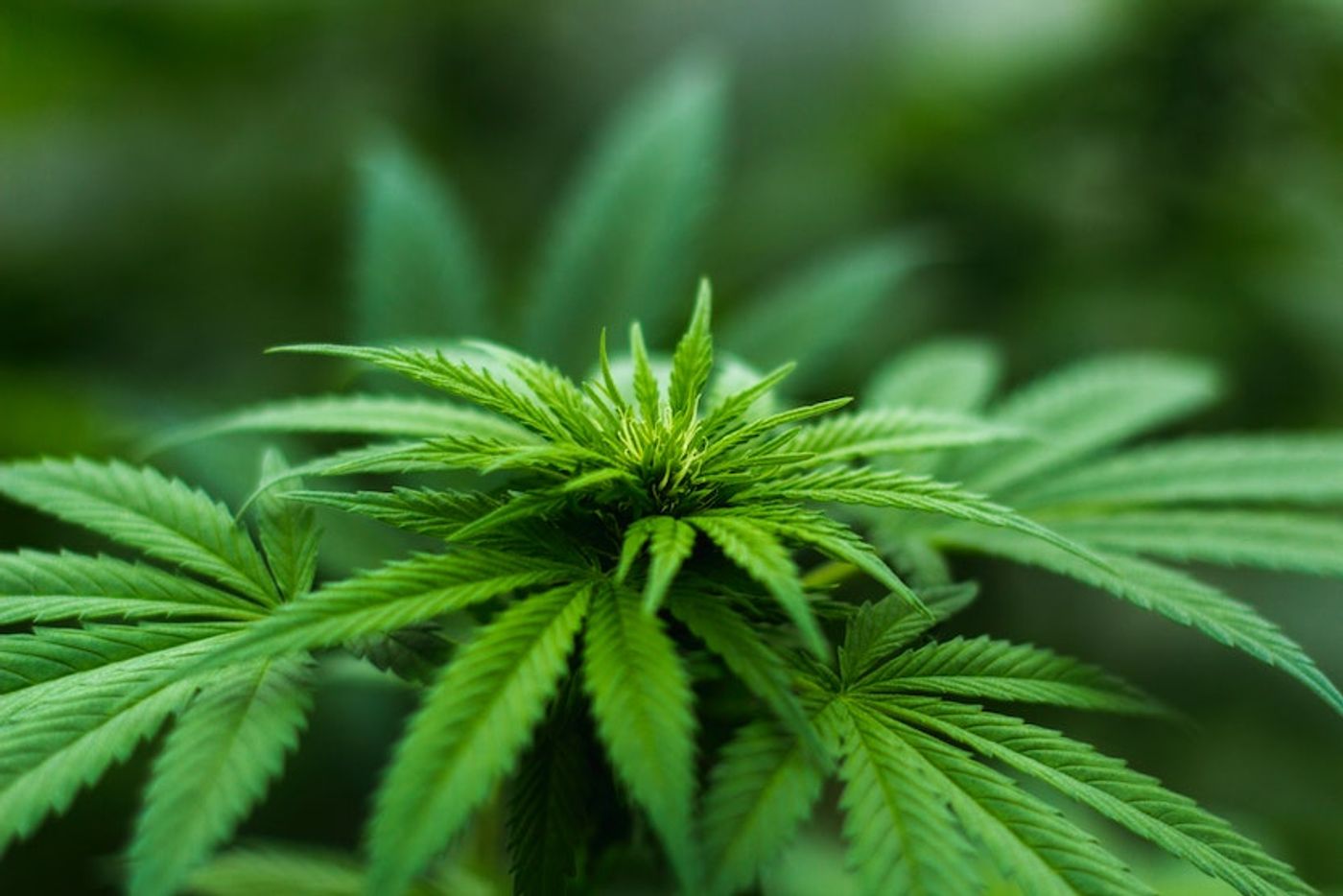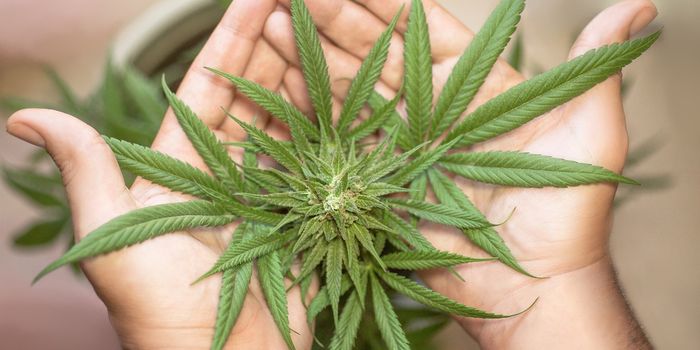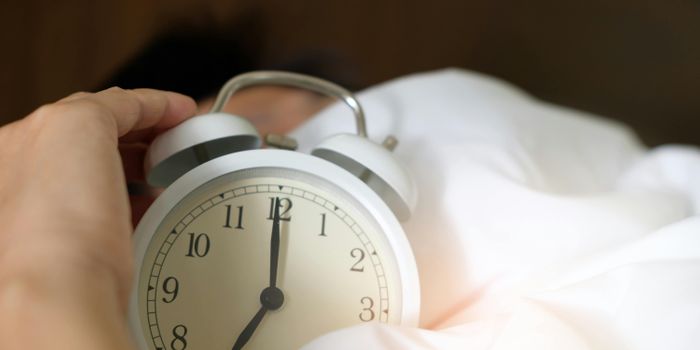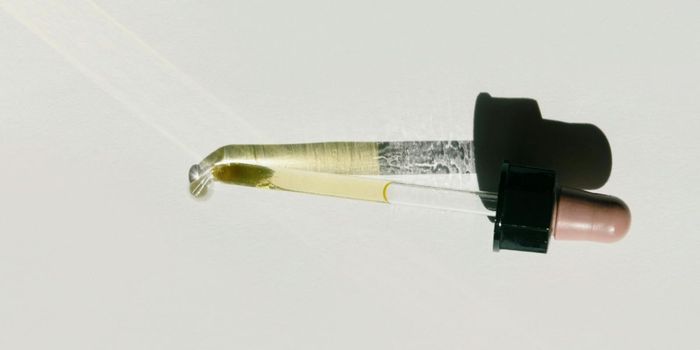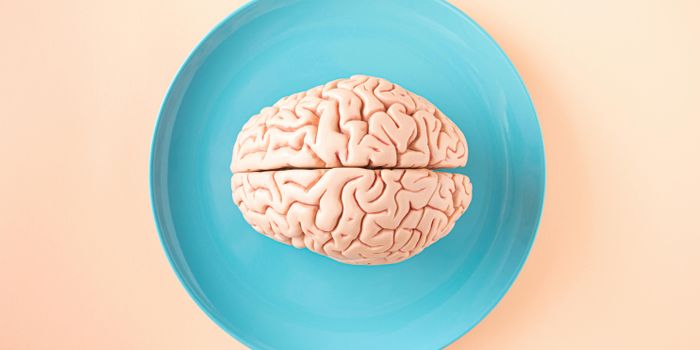More Evidence That Teen Marijuana Use Leads to Depression
There is a growing consensus among scientists that adolescents who use marijuana are at risk for developing mood disorders when they are older. A recent comprehensive review of the literature has just added another piece of evidence onto the pile. Dr. Gabriella Gobbi, MD, Ph.D., and colleagues from McGill University recently conducted a meta-analysis of the data from multiple studies on the topic. The results were just published in JAMA Psychiatry.
Photo source: Pixabay.com
Of all the demographic groups, teenagers seem to be the most likely to develop mood disorders as adults because of their drug use as a teen. Dr. Nora Volkow, current director of the National Institute on Drug Abuse, warns parents that "The teenage years are probably some of the most important as it relates to brain development". She goes on to say "drugs participate in ways that could render you more susceptible to...mental disorders." See the video below for the complete discussion.
In the current review, researchers found that adolescents who consumed cannabis had an increased risk of developing major depression in young adulthood. The estimated risk was 7.2%, which, although seems low, translates to some 413,326 cases of depression that could be related to adolescent cannabis use. While the researchers noted that their effect size was modest, they remind the reader just how many adolescents (20.9%) are out there smoking marijuana, some on a daily basis (7% of US high school seniors). Given this large population of teen users, these risk rates turn into large numbers of young people.
The current review focused mainly on incidence rates and longitudinal studies. However, many experimental data, both from human and animal studies, lend credence to their results. For instance, another review of 30 human imaging studies comparing early cannabis users with controls found neuroanatomic alterations across regions, especially in those brain regions with high levels of CB1 receptors. This is important as CB1 receptors are most heavily expressed in areas like the limbic system and the hippocampus, regions responsible for emotions and memory, respectively.
Photo source: Pixabay.com
Animal studies have also found evidence of deleterious effects of cannabis exposure in adolescent rats. Both neurological and behavioral changes were observed when the rats reached adulthood. Some of these changes were only seen in adulthood, suggesting that THC exposure during adolescence could alter the developing brain in a way that promotes an increased likelihood of depression after the brain has reached adulthood (around 25 years of age for humans).
These neurological alterations include decreased grey matter in areas like the amygdala, hippocampus and the nucleus accumbens (a major player in the brain's reward system). Other alterations concern the development of the endocannabinoid system (ECS), which can further exacerbate pathological neurodevelopment of other neurotransmitter systems.
The human brain is experiencing one of the most sensitive periods in its development during adolescence. It is extremely malleable to environmental stressors, including chemical exposure. Interestingly, this period may be especially critical in terms of developing depression in adulthood due to cannabis use as a teen. One particular study found that these neurological and emotional deficits could only be induced during the teenage years, and not during adulthood. So spend your teen years wisely (or make sure your children do) and save the drugs for later (note: this writer and this newsletter do not endorse drug use at any time).
Video source: www.DrugAbuse.gov
Sources: JAMA Psychiatry, www.hhs.gov, drugabuse.gov, Hippocampus, Biological Psychiatry, Neurobiology of Disease

